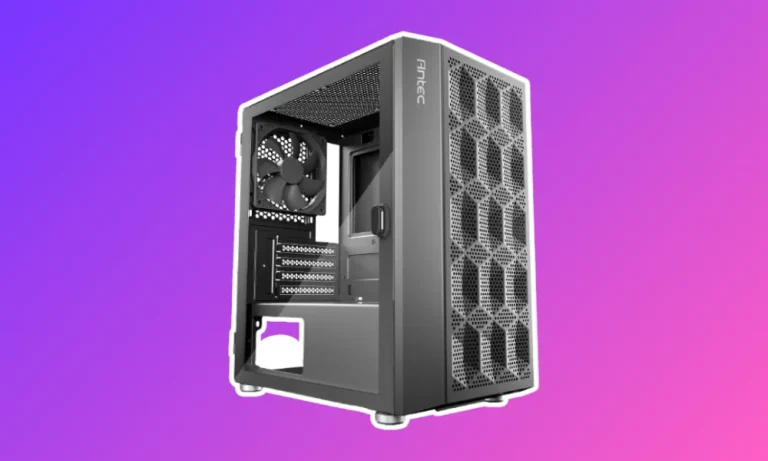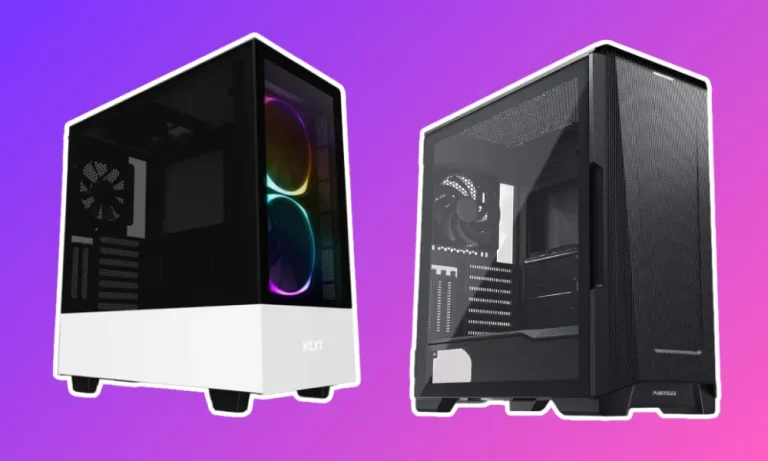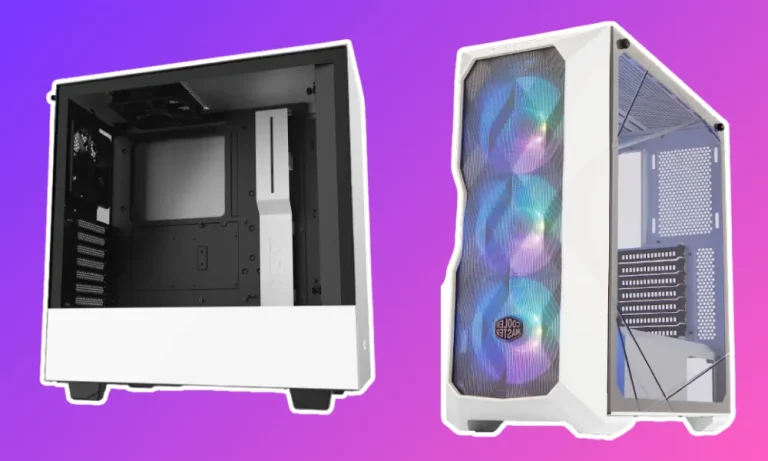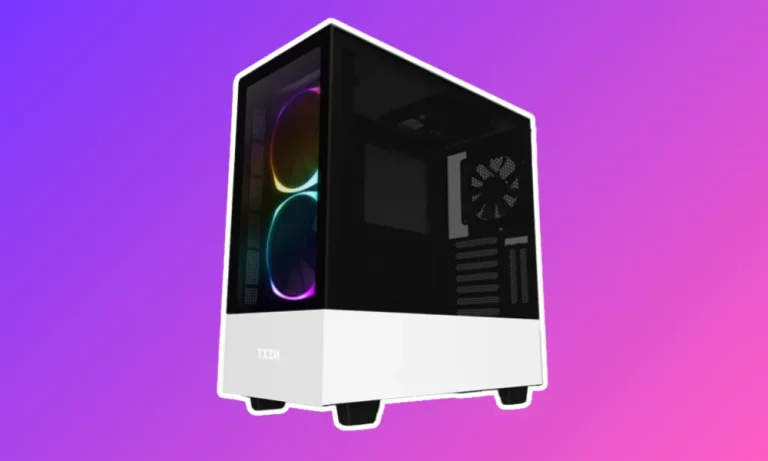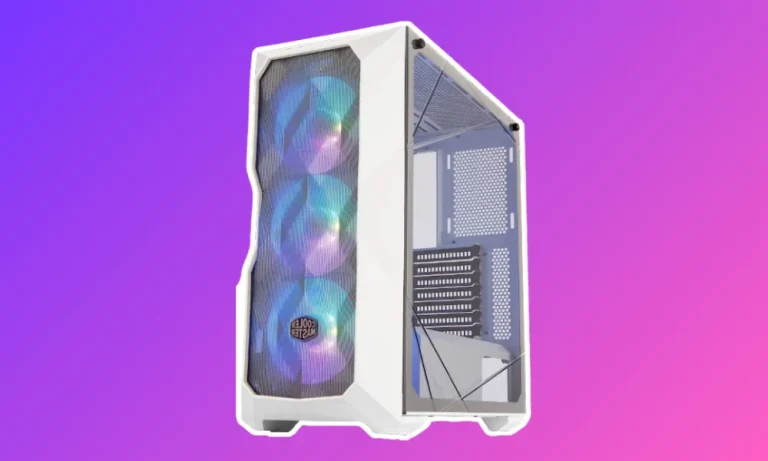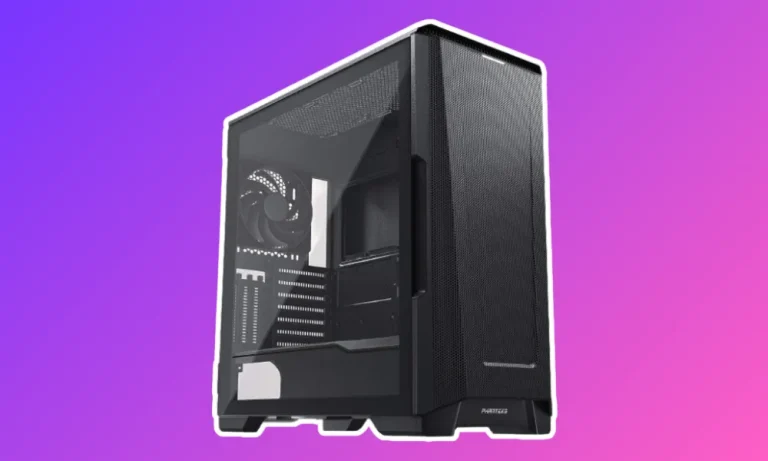Can You Bring A Desktop Computer On A Plane?
Yes, you heard it right! We’re diving into the fascinating world of traveling with desktop computers. Whether you’re a digital nomad or simply want to stay productive on the go, knowing the ins and outs of bringing your PC on board is essential.
Let’s explore airline regulations, packaging tips, and alternative solutions for a hassle-free journey!
Understanding Airline Regulations
Before you embark on your journey with a desktop computer in tow, it’s vital to familiarize yourself with the specific policies set by airlines. These regulations ensure safety and smooth travel experiences for all passengers. Let’s delve into why checking airline-specific policies is crucial and explore common restrictions linked to both carry-on and checked baggage.
When it comes to traveling with a desktop computer, each airline has its own rules regarding what is allowed as carry-on or checked baggage.
Checking these policies beforehand saves you from last-minute surprises at the airport and potential headaches during security checks.
Carry-On Baggage Restrictions:
Carrying your desktop computer as a carry-on item offers several advantages. However, there are still some important guidelines to keep in mind:
- TSA Guidelines: The Transportation Security Administration (TSA) imposes certain screening procedures for electronic devices, including computers. Be prepared to remove your laptop from its bag during security checks.
- Size Limitations: Most airlines have size restrictions for carry-on items, typically measured by dimensions or weight. Ensure that your desktop computer meets these requirements.
- Power-Up Requirements: Some airports may ask you to power up your device at security checkpoints to verify functionality.
- Accessibility during Flight: Remember that you might need easy access to your computer if required by flight attendants or when passing through customs.
Checked Baggage Restrictions:
While carrying a fragile item like a desktop computer in checked baggage can be risky due to potential mishandling, sometimes it becomes necessary or preferred:
- Packaging Considerations: To protect against damage, use sturdy packaging materials such as foam padding inside hard-shell cases or custom-built crates specifically designed for shipping electronics.
- Insurance Coverage: Insuring valuable equipment provides additional peace of mind against any unforeseen incidents while in transit.
By understanding the intricacies of airline regulations related to carrying a desktop computer, you can ensure a smoother and stress-free travel experience. Always double-check the policies of your specific airline before packing your PC to avoid any last-minute surprises!
Carry-On vs. Checked Baggage
When it comes to traveling with a desktop computer, you have two options: carrying it as carry-on baggage or checking it in as checked baggage. Each approach has its advantages and considerations that are worth exploring.
1. Carry-On Baggage:
Carrying your desktop computer as a carry-on item offers several benefits:
- Security Screening: By keeping your PC with you, you can ensure its safety during the security screening process at airports.
- Accessibility: Having your computer within reach allows for easy access during the flight, whether for work or entertainment purposes.
- Protection: Properly packing your desktop computer is crucial to prevent damage during transit. Use appropriate padding materials and consider using a dedicated laptop bag or backpack designed for electronics.
2. Checked Baggage:
In certain situations, checking in your desktop computer might be necessary or preferred:
- Size Limitations: If the dimensions of your desktop computer exceed airline regulations for carry-on items, checking it in becomes the only viable option.
- Preference for Luggage Space: Traveling with other essential items may leave limited space for carrying on a large PC tower case or monitor.
- Risks of Fragile Equipment: There are potential risks associated with fragile electronic equipment when checked in due to mishandling by airport personnel.
To ensure safe transportation of your checked-in desktop computer, follow these recommendations:
- Sturdy Packaging: Utilize sturdy packaging materials such as foam padding inside hard-shell cases or custom-built crates specifically designed for shipping electronics.
- Insurance Coverage: Insuring valuable equipment provides additional peace of mind against any unforeseen incidents while in transit.
Alternatives to Bringing Your Desktop Computer
While bringing your desktop computer on a plane may be convenient for some, there are alternative solutions that offer similar functionality while being more travel-friendly. Let’s explore two popular alternatives worth considering:
1. Remote Access Solutions:
Remote access software allows you to access your home computer remotely from any location with an internet connection. This means you can leave your bulky desktop behind and still have access to all your files, applications, and programs.
- Convenience: With remote access, you can work or use your home computer as if you were sitting right in front of it.
- Security: Most remote access solutions utilize robust encryption protocols to ensure the security of your data.
- Compatibility: These tools usually support various operating systems and devices, allowing seamless connectivity across platforms.
2. Portable Solutions:
Portable options like mini PCs or laptops provide a practical way to enjoy computing capabilities without the added weight and bulkiness of a traditional desktop setup.
- Portability: Mini PCs are compact yet powerful enough to handle most tasks while being easy to transport during travels.
- All-in-One Systems: Some laptops offer high performance combined with built-in monitors for an all-in-one solution that is versatile and lightweight.
- Battery Life: Laptops typically come with battery power, enabling usage even when electrical outlets are scarce.
Conclusion
In conclusion, traveling with a desktop computer on a plane requires careful consideration of airline regulations and your personal preferences.
By understanding the policies, and advantages of carry-on vs. checked baggage, and exploring alternative solutions like remote access or portable devices, you can find the best option for hassle-free travel. Happy computing wherever you go!

